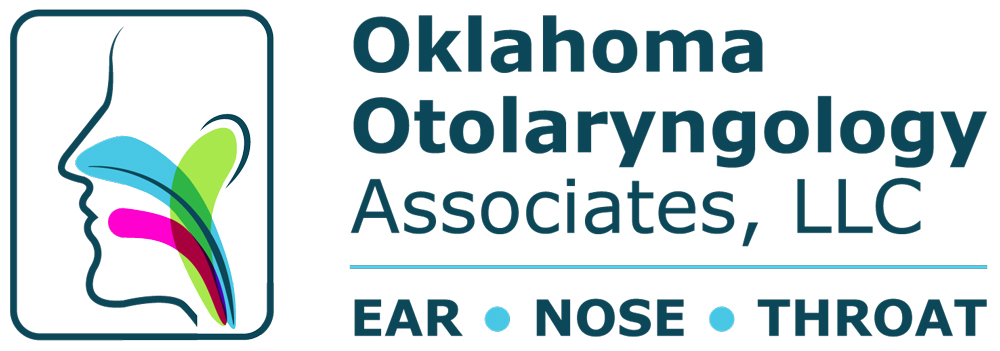Oklahoma Otolaryngology Associates: The Deviated Septum.
The physicians at Oklahoma Otolaryngology Associates see a significant number of patients with a deviated septum. Many of our patients do not understand what a deviated septum is—even if it is a common physical condition. The purpose of this blog is to educate our readers about this common cause of chronic sinus issues.
The nasal septum is the wall dividing the nasal cavity; it is composed of a central supporting skeleton covered on each side by a mucous membrane. Most nasal septums are slightly “off” from the midline but a “deviated septum” occurs when the septum is severely shifted away from the midline and can cause breathing problems and other nasal and sinus issues.
A deviated septum generally has one of two causes: in some cases, it occurs during fetal development and is apparent at birth; or, it can be the result of an injury that causes the nasal septum to be moved out of position.
Physical problems that a deviated septum may cause:
Blockage of one or both nostrils
Nasal congestion
Frequent nosebleeds
Frequent sinus infections
Facial pain
Headaches
Postnasal drip
Noisy breathing during sleep
The most common symptom from a severe deviated septum is difficulty breathing through the nose. The symptoms are usually worse on one side and in some cases, the deviated septum can interfere with the drainage of the sinuses, resulting in chronic sinus infections. A person with a mildly deviated septum may only display symptoms when they have a cold. In these individuals, the respiratory infection triggers nasal inflammation that temporarily amplifies airflow problems related to the deviated septum.
If you think you may have a deviated septum—mild, moderate or severe—it is important to see an Otolaryngologist, who specializes in this condition and discover what treatments are available.
Call Oklahoma Otolaryngology Associates today to set up an appointment.
